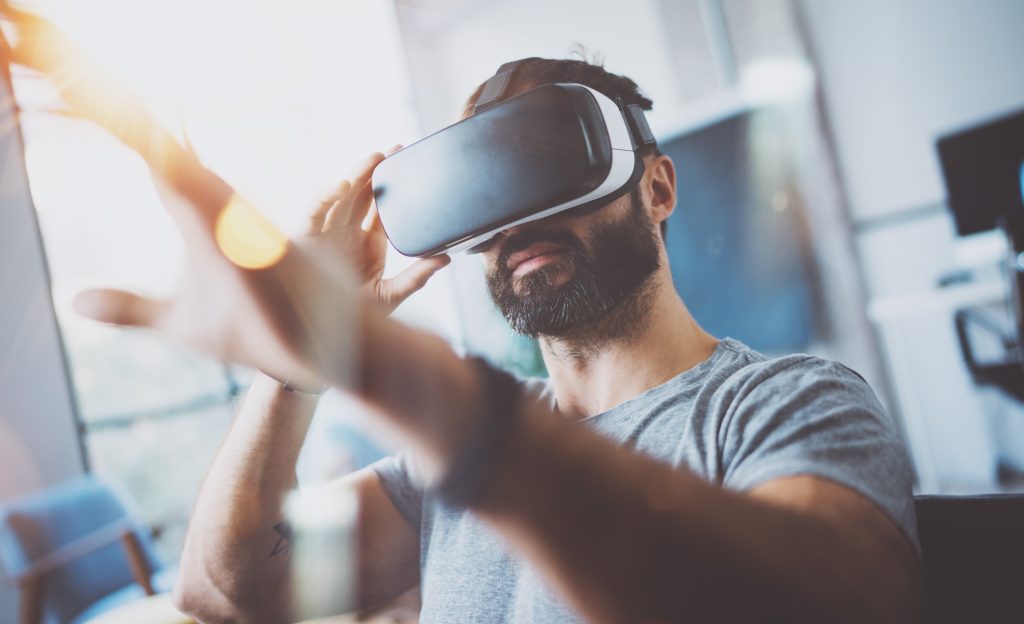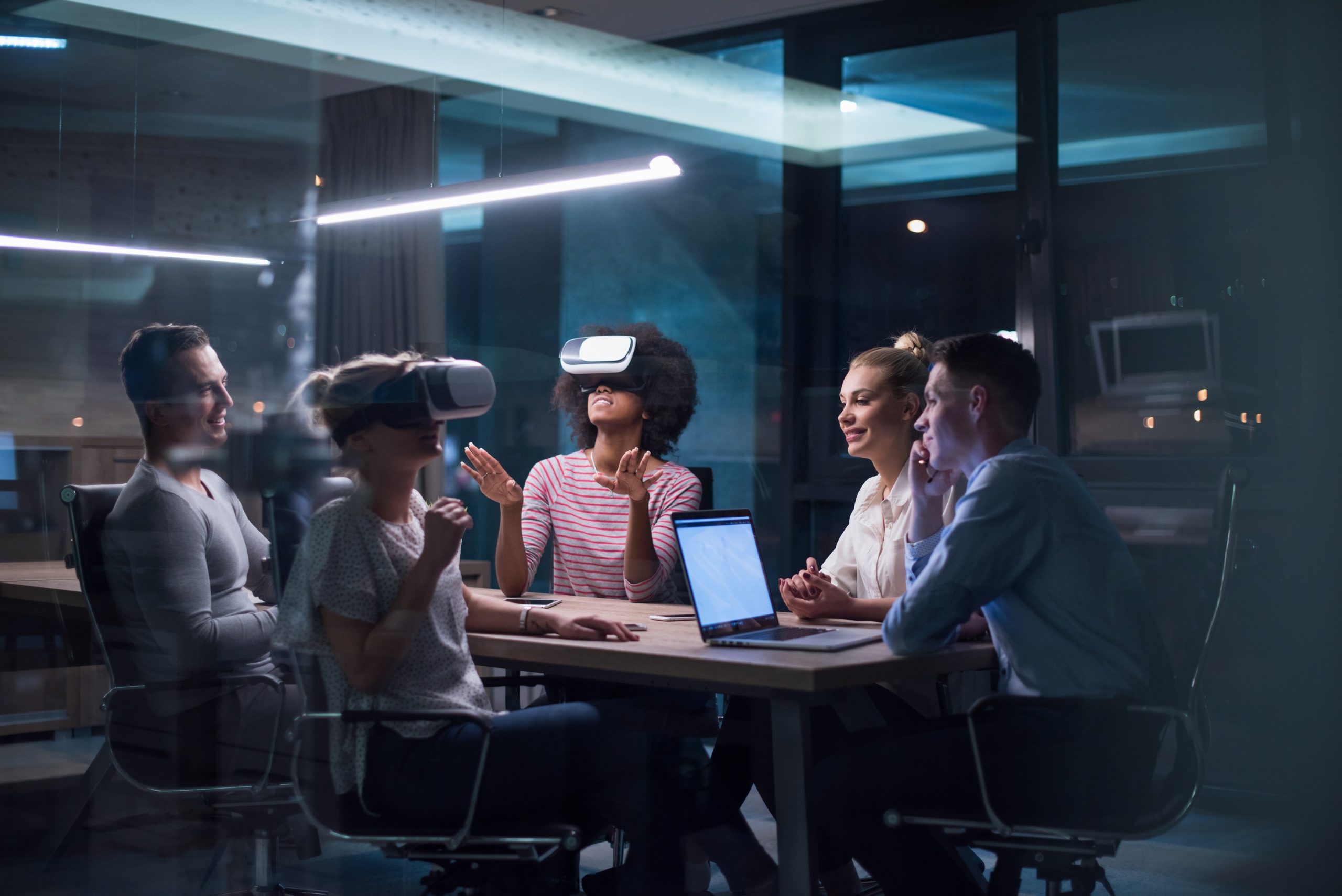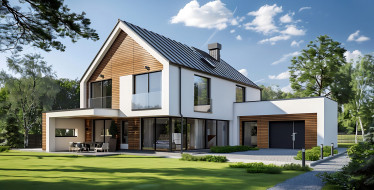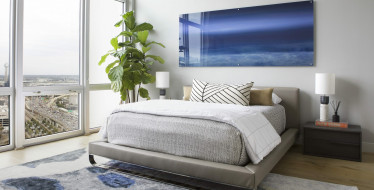In recent years, virtual reality (VR) technology has revolutionized numerous industries, and interior design is no exception. With its immersive and interactive capabilities, VR has become an invaluable tool for interior designers, allowing them to envision and create spaces in ways that were previously unimaginable. The advances in this technology have also improved the client experience by allowing them to engage with their spaces long before they become a physical reality. They get to virtually walk through the hallways of their future home before the foundation is even laid. The experience doesn’t stop there. Let’s continue to explore the benefits of virtual reality in interior design.

Immersive Design Experience
Virtual reality offers a truly immersive design experience that goes beyond traditional methods like 2D sketches or 3D renderings. By donning a VR headset, designers can step into a virtual environment and explore it as if they were physically present. This immersive nature provides a heightened sense of scale, proportion, and spatial relationships, enabling designers to make more informed decisions about layout, furniture placement, lighting, and materials.
Realistic Visualization
One of the remarkable advantages of VR in interior design is the ability to visualize designs with an unparalleled level of realism. VR software can accurately render textures, colors, and lighting effects, giving clients a realistic representation of what their space will look like. This realism allows designers and clients to make better-informed decisions about various design elements, ensuring that the final outcome meets their expectations.
Design Iteration and Collaboration
Virtual reality facilitates iterative design processes and collaborative decision-making. Designers can easily make modifications to the virtual environment and instantly visualize the changes in real-time. This iterative workflow enables quick exploration of alternative design options and speeds up the decision-making process. Furthermore, VR enables remote collaboration, allowing designers and clients to interact in the virtual space from different locations, fostering effective communication and reducing the need for physical meetings.
Cost and Time Savings
Traditionally, interior design involves creating physical prototypes or mock-ups, which can be expensive and time-consuming. With VR, designers can eliminate the need for physical models by creating virtual prototypes that accurately represent the design vision. This saves both time and costs associated with material procurement and construction. Additionally, VR enables early identification and resolution of design issues, minimizing the risk of costly changes during the construction phase.
Emotional Connection and Personalization
Designing a space is not just about aesthetics; it’s also about creating an emotional connection and personalized experience. VR allows clients to experience and interact with their virtual spaces, helping them develop a stronger sense of attachment and emotional connection. They can virtually walk through rooms, test different furniture arrangements, and visualize the impact of design choices on the overall ambiance. This level of engagement fosters a deeper understanding and appreciation of the design concept.
Enhanced Communication and Client Satisfaction
Traditional design presentations, such as floor plans and mood boards, often require clients to interpret and visualize the final result. Virtual reality simplifies communication by offering a shared visual language between designers and clients. Designers can accurately convey their ideas, while clients can easily comprehend and provide feedback based on their virtual experiences. This clear and efficient communication leads to better alignment of expectations, resulting in increased client satisfaction.
Virtual reality has emerged as a game-changer in the field of interior design, offering numerous benefits throughout the design process. From immersive design experiences and realistic visualizations to streamlined collaboration and cost savings, VR empowers designers to create extraordinary spaces while ensuring client satisfaction. By leveraging virtual reality, designers can step into their designs long before they become a physical reality, enhancing creativity, efficiency, and the overall design outcome. We are embracing the power of VR to unlock the full potential of our interior design projects for our clients!









